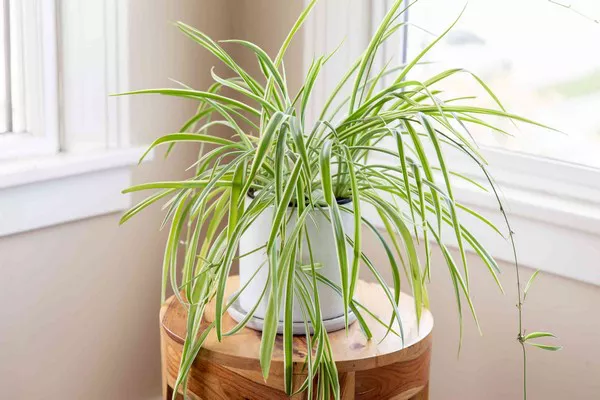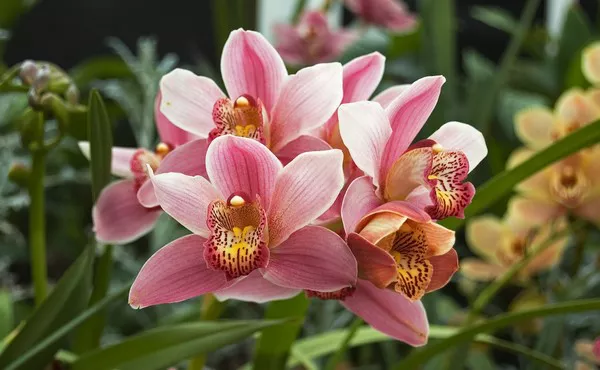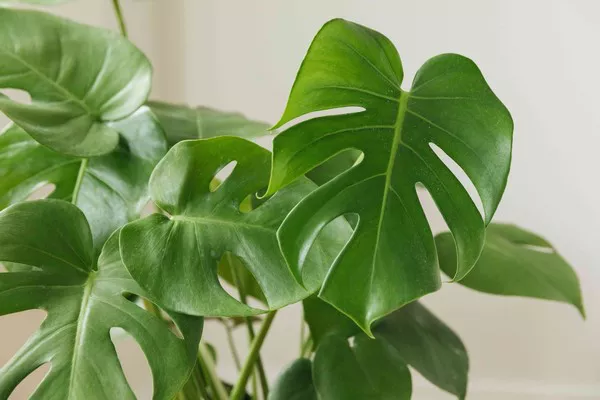Flowers have always fascinated humans with their beauty and diversity. However, some flowers are so rare that they can only be found in specific regions or under particular conditions. These flowers are not only unique but also symbolize the fragility and resilience of nature. In this article, we explore the top 10 rarest flowers in the world, highlighting their unique characteristics, habitats, and the conservation efforts being made to protect them.
Top 10 Rarest Flowers in the World
1. Middlemist’s Red (Middlemist camellia)
Middlemist’s Red is one of the rarest flowers in the world, with only two known specimens existing today. This beautiful flower is a type of camellia, characterized by its striking pink-red petals.
Habitat and Distribution
Originally from China, Middlemist’s Red is now only found in two locations: a greenhouse in New Zealand and a private garden in England. The flower was brought to the UK by John Middlemist in 1804.
Conservation Efforts
Due to its extreme rarity, efforts are being made to propagate Middlemist’s Red through cuttings and controlled breeding. Botanical gardens and private collectors are working together to ensure its survival.
2. The Ghost Orchid (Dendrophylax lindenii)
The Ghost Orchid, also known as the White Frog Orchid, is a rare and mysterious flower native to Florida and Cuba. It is renowned for its delicate, white, ghost-like appearance and its elusive nature.
Habitat and Distribution
Ghost Orchids grow in humid, swampy environments, often high in the canopy of cypress trees. Their habitat is limited to specific areas in the Everglades in Florida and parts of Cuba.
Conservation Efforts
The Ghost Orchid is protected by law in Florida, and conservationists are working to preserve its natural habitat. Efforts include habitat restoration, controlled propagation, and public education on the importance of wetland conservation.
3. The Chocolate Cosmos (Cosmos atrosanguineus)
The Chocolate Cosmos is a rare and unique flower native to Mexico. It is named for its rich, dark red-brown color and its delightful chocolate scent.
Habitat and Distribution
Once widespread in Mexico, the Chocolate Cosmos is now extinct in the wild. Today, it survives only through cultivation by horticulturists and botanical gardens.
Conservation Efforts
Botanical gardens and flower enthusiasts are working to preserve the Chocolate Cosmos through cloning and controlled breeding. Efforts are also being made to reintroduce it into its natural habitat.
4. The Juliet Rose (Rosa ‘Juliet’)
The Juliet Rose is known as the “£3 million rose” because it took 15 years and a substantial financial investment to cultivate. This stunning flower is renowned for its soft apricot color and large blooms.
Habitat and Distribution
The Juliet Rose is a cultivated flower, not found in the wild. It was created by famed rose breeder David Austin in the UK and is now available through select nurseries and rose growers.
Conservation Efforts
As a cultivated variety, the Juliet Rose is maintained through controlled breeding and propagation. Its rarity is due to its unique breeding history rather than natural scarcity.
See Also: Top 10 Most Beautiful Tropical Plants
5. The Gibraltar Campion (Silene tomentosa)
The Gibraltar Campion is a rare flower found only in the rocky cliffs of Gibraltar. It is known for its delicate, pale pink flowers and its resilience in harsh conditions.
Habitat and Distribution
Endemic to Gibraltar, this flower grows in the rugged limestone cliffs of the Upper Rock Nature Reserve. It was once thought extinct until a small population was rediscovered in 1994.
Conservation Efforts
The Gibraltar Campion is protected within the Upper Rock Nature Reserve. Conservationists are monitoring its population and habitat, working to ensure its continued survival.
6. The Jade Vine (Strongylodon macrobotrys)
The Jade Vine is a rare and strikingly beautiful flower native to the rainforests of the Philippines. It is known for its unique turquoise-colored flowers that hang in cascading clusters.
Habitat and Distribution
This flower grows in the tropical rainforests of the Philippines, often along riverbanks and in damp, shaded areas. Its natural habitat is increasingly threatened by deforestation and habitat loss.
Conservation Efforts
Efforts to conserve the Jade Vine include habitat protection and propagation in botanical gardens. Researchers are also working to better understand its pollination mechanisms to aid in its conservation.
7. The Corpse Flower (Amorphophallus titanum)
The Corpse Flower, also known as the Titan Arum, is famous for its enormous size and its pungent odor, which resembles rotting flesh. This rare flower is native to the rainforests of Sumatra, Indonesia.
Habitat and Distribution
The Corpse Flower grows in the tropical rainforests of Sumatra, where it blooms infrequently and unpredictably. It can take several years for a plant to produce a single flower.
Conservation Efforts
Conservationists are working to protect the natural habitat of the Corpse Flower and cultivate it in botanical gardens worldwide. Public displays of blooming Corpse Flowers raise awareness about the importance of rainforest conservation.
See Also: Ranked! Top 10 World’s Largest Tree-Grown Fruits
8. The Youtan Poluo
The Youtan Poluo is an extremely rare flower with a mysterious history. It is tiny, measuring just a few millimeters in diameter, and is said to bloom once every 3,000 years according to some Buddhist legends.
Habitat and Distribution
There is little scientific documentation about the natural habitat of the Youtan Poluo. It has been found in various locations around the world, including China, Korea, and the United States.
Conservation Efforts
Due to its rarity and the mystery surrounding it, there are no specific conservation efforts for the Youtan Poluo. However, increased interest and study may help uncover more about its biology and conservation needs.
9. The Parrot’s Beak (Lotus berthelotii)
The Parrot’s Beak is a rare flower native to the Canary Islands. It is known for its bright red or orange flowers that resemble a parrot’s beak.
Habitat and Distribution
This flower grows in the rocky cliffs and dry areas of the Canary Islands. Its population has declined due to habitat loss and changes in land use.
Conservation Efforts
Botanical gardens and conservationists are working to cultivate and reintroduce the Parrot’s Beak to its natural habitat. Seed banks and controlled breeding programs are also in place to preserve its genetic diversity.
10. The Kadupul Flower (Epiphyllum oxypetalum)
The Kadupul Flower, also known as the Queen of the Night, is a rare and ephemeral cactus flower native to Sri Lanka. It is known for its large, fragrant white flowers that bloom only at night and wither by dawn.
Habitat and Distribution
This flower grows in the tropical forests of Sri Lanka, often as an epiphyte on trees. It is also found in other parts of Asia and Central America.
Conservation Efforts
The Kadupul Flower is not currently under significant threat, but conservationists monitor its habitat to ensure it remains protected. Cultivation in gardens and greenhouses helps preserve its beauty and raise awareness about its unique blooming behavior.
Conclusion
The rare flowers highlighted in this article represent some of the most unique and beautiful flora in the world. Their rarity often stems from specific environmental conditions, limited distributions, and human impact on their habitats. Conservation efforts are crucial to preserving these natural wonders for future generations. By protecting their habitats, supporting botanical gardens, and raising awareness about the importance of biodiversity, we can help ensure that these rare flowers continue to thrive in the wild and in cultivation.
You Might Be Interested In:



![10 Most Richest Cities in the United States [Revealed!]](https://www.validdownloads.com/wp-content/uploads/2023/12/Manjula-Pothos.webp)




















